- Guide to Best Materials & Finishes for
Modular Kitchens in India
A Comprehensive List of Kitchen Materials and all you need to know about choosing the right one for you.

Everyone wants a modular kitchen to make cooking easier. But how much do we know about these kitchens? Unlike traditional kitchens, they are constructed by combining several modules to match the size and functionality of the kitchen. As a result, they may be produced in a factory and then assembled at home.
Because each kitchen cabinet is a separate module rather than a single fixture, these kitchens may be disassembled and reassembled.
If you are a seasoned reader who want to skim through this article, please feel free to jump on to the below sections directly:
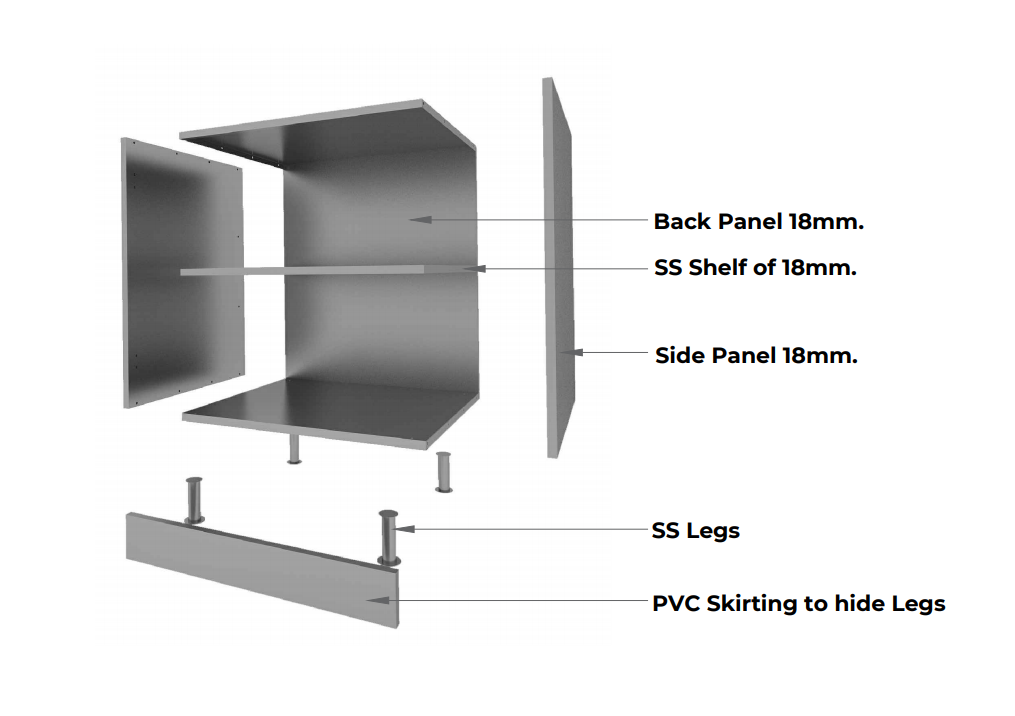
What is each module made of?
A carcass is the module's body, which is made up of panels connected by a crossbar. The base modules have plinth feet with height adjustment and skirting to conceal the legs. The primary body is the carcass, to which shutters, hardware, and hinges can be attached.
Let's take a look at the modular kitchen supplies list now that we've split down the pieces of a cabinet
What are the various materials used in modular kitchen cabinets?
Various materials that are used in modular kitchen cabinets include
- Stainless Steel
- Wood
- Plywood
- MDF
- Particle Board
- PVC
What is the best material for Modular Kitchen?
Industry experts consider stainless steel to be the best material followed by wood and Plywood for modular kitchens. Urban homemakers are now preferring stainless steel kitchens over wooden kitchen for its classy look with being fire resistant and hygienic.
Here is a list of all the materials that you can opt for while making your kitchen —
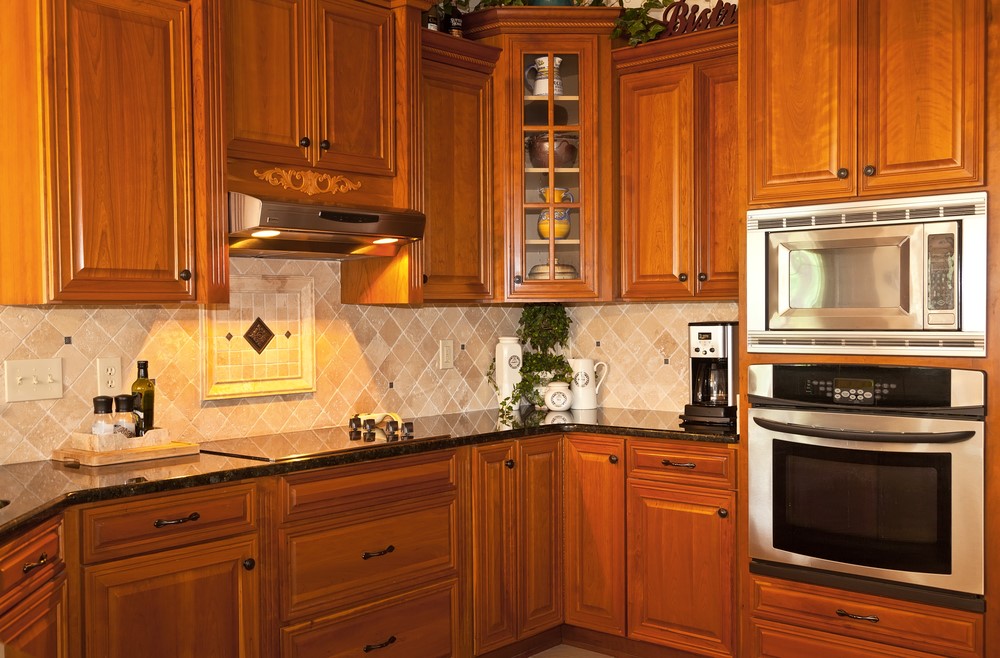
Cabinet Material #1: Wood
Wooden kitchens are pricey, but they last a long time.
Although it is more costly, real wood may be utilized to construct a modular kitchen. However, defects such as knots and splinters might have an impact on the overall appearance. Termites may also represent a severe hazard to the timber. However, if you have genuine wood, you may take these precautions to protect yourself against termites. There have been numerous instances when measures against termites and dampness are ineffective after a few years.
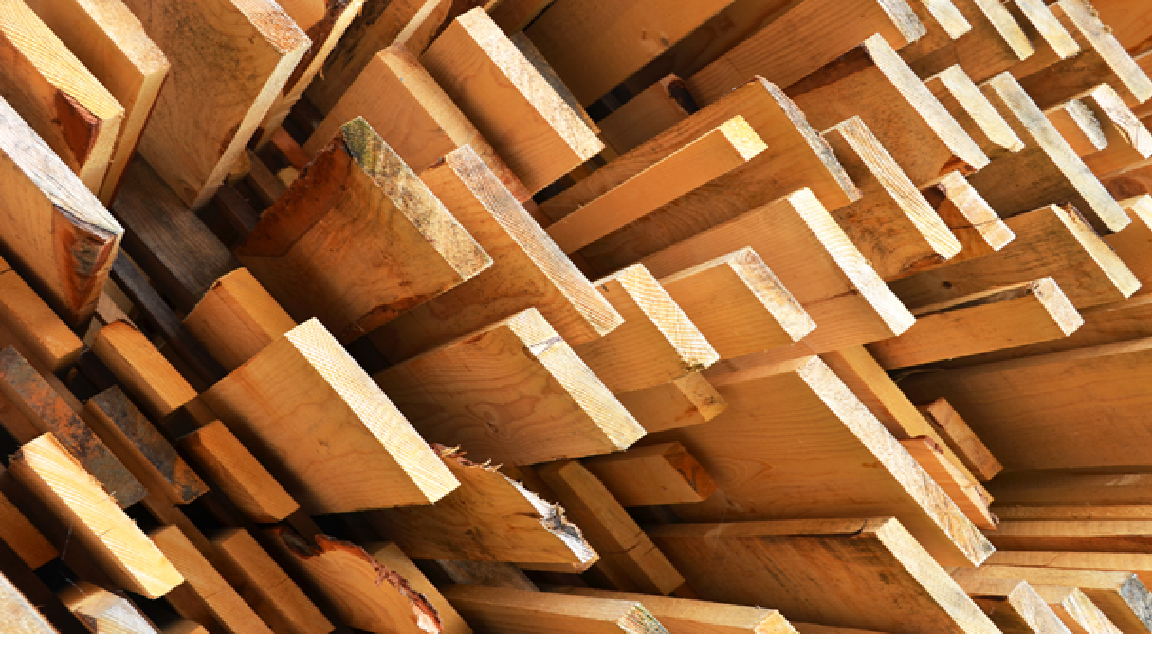
Pros: Knicks and scratches are easily repairable, Wood cabinets can be painted or re-stained to recreate a new look.
Cons: Termites, Moisture absorption, High price, Less durable, Not easy to clean, Can’t sustain exposure to humidity and steam which is always present in any kitchen.
Expert Advice: If you have a decent budget, and the cons don’t bother you, you may go with wood as your kitchen cabinet material.
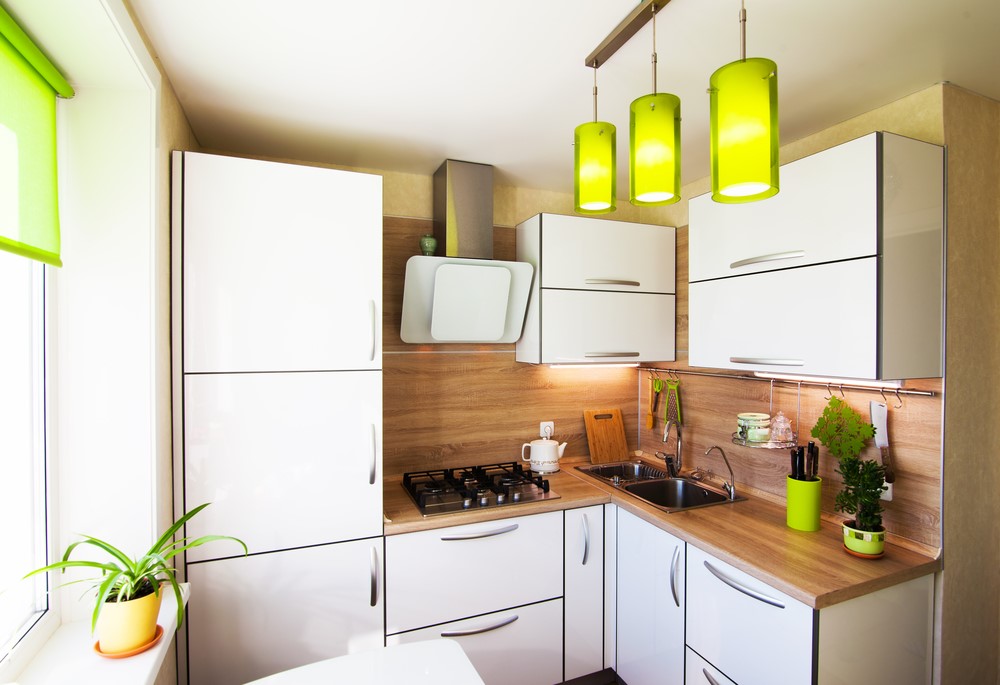
Cabinet Material #2: Plywood
Plywood is selected because of its strength.
This is engineered wood, which is created from veneer sheets that have been pressed with resins. Despite being slightly more expensive, this is the most popular material in the kitchen due to its robustness. Because of its water-resistance offers variations such as Boiling Water Resistant Ply and Moisture Resistant (MR) Ply, which perform well in kitchens.
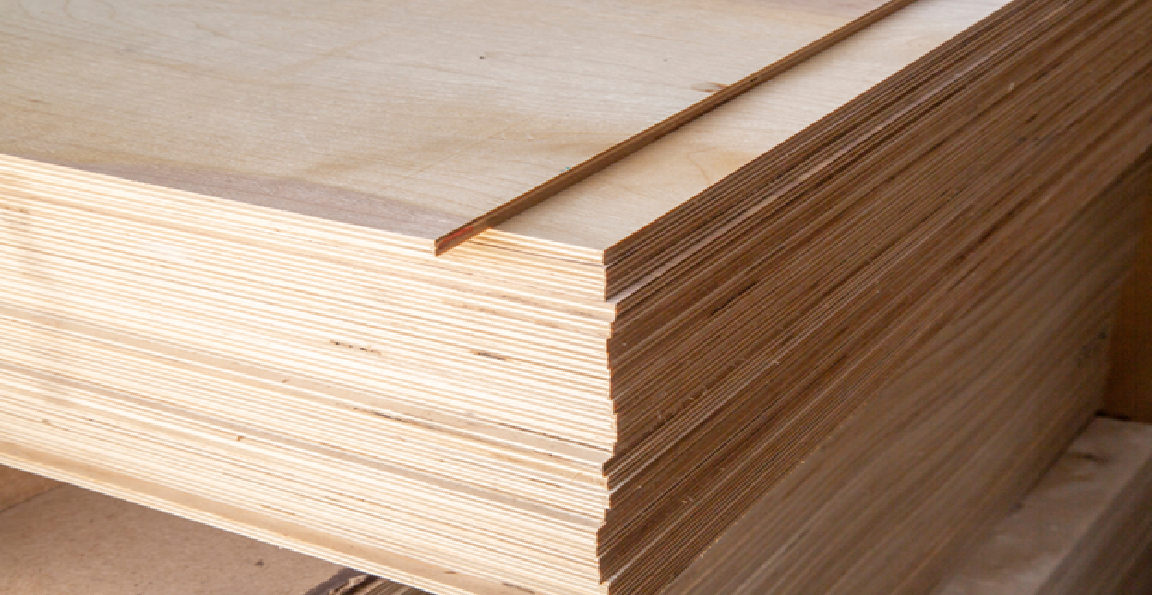
Pros: Water resistance, Does not shrink, stronger than other engineered woods.
Cons: Not a good choice for elaborate designs, Pests, Bugs, Plywood is pricey, It is less durable, Not easy to clean, Can’t sustain exposure to steam.
Expert Advice: Because kitchens are exposed to steam and water, you may go for Boiling Water-Resistant (BWR) ply over commercial ply. Because of their water resilience, they function well in kitchens. However there are may instances where it bends or sags over time and is a very common issue faced by many indian homes. When exposed to water over an extended period of time, the layers of plywood might separate.
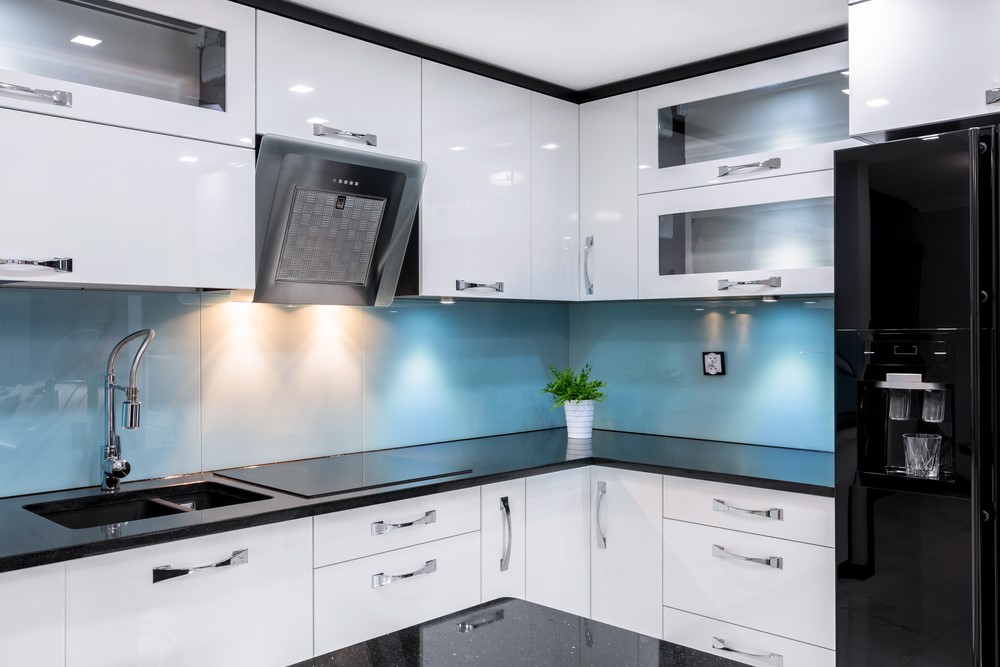
Cabinet Material #3: MDF
If you are on a concise budget you may go for an MDF.
Medium-Density Fibreboard is comprised of tiny hardwood fibres that have been resin-glued together and hot-pressed. This is a low-cost alternative that can have any finish applied to it. Because it is engineered wood, it is more resistant to termites and has a smooth surface.

Pros: MDF is denser, Cheap, Does not crack with temperature change
Cons: MDF is relatively difficult to work with in customized designs, Soaks water and swells, MDF does not hold nails and screws well, Termites, Moisture absorption, Less durable, Not easy to clean, Can’t sustain much exposure to steam
Expert Advice: If you want an MDF kitchen, you may always use BWR ply for the cabinets behind the sink.
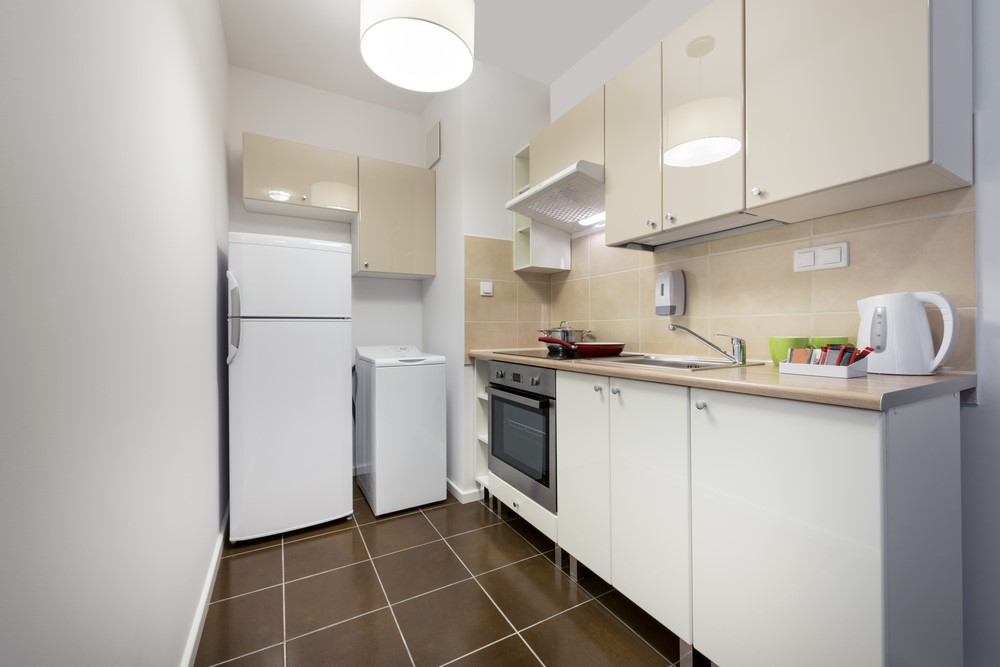
Cabinet Material #4: Particle Board
When there is little labour to be done in the kitchen, particleboard is excellent.
Particleboard, the cheapest material on the market, is manufactured from sawdust and scrap wood, which is one of the reasons why its quality is questioned. Because this material is heavy, it cannot support more weight. It is appropriate for kitchens that are only used for light cooking.
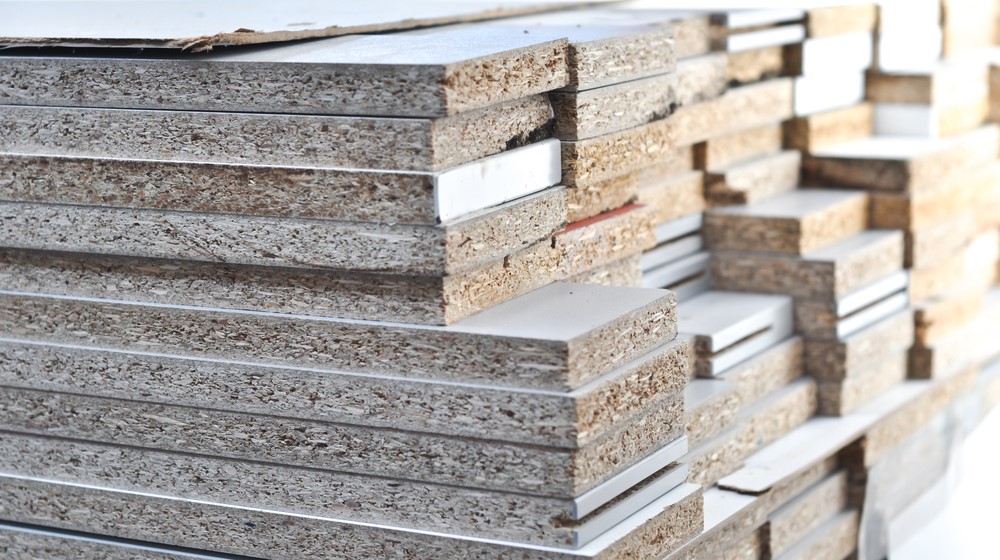
Pros: Low cost, Smooth surfaces, Light weight,
Cons: Very low durability, Toxic in nature, it expands, warps and discolours easily. Termites, Moisture absorption, Doesn’t hold screws and nails tightly, not water resistant.
Expert Advice: In addition to being cost-effective, particleboard is also environmentally beneficial since it is created from waste wood from manufacturing other engineered woods, reducing landfill waste.However, particle board is better suited for light weight, ready-made furniture rather than kitchen areas, which are often used.
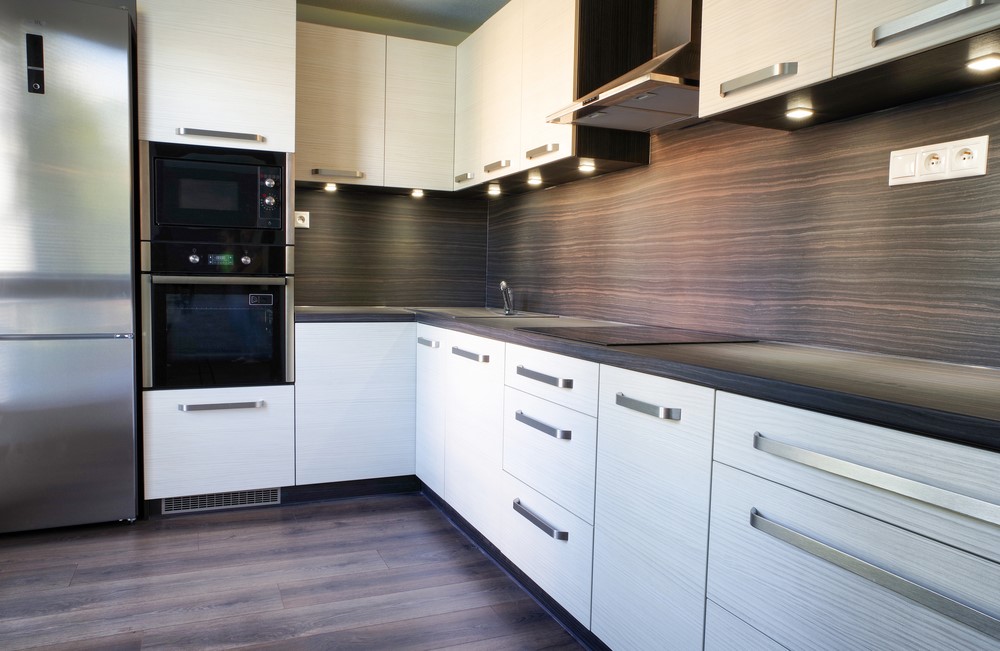
Cabinet Material #5: PVC
PVC kitchens are unsuitable for long-term use.
PVC is one of the most cost-effective kitchen cabinet materials since it is simple to clean and maintain. PVC boards for kitchens are currently available in two varieties: hollow boards and foam. While the former is heavier and more durable, the latter is lighter and more cost-effective. The primary benefits of PVC kitchens are that they are simple to install and come in a variety of colours.
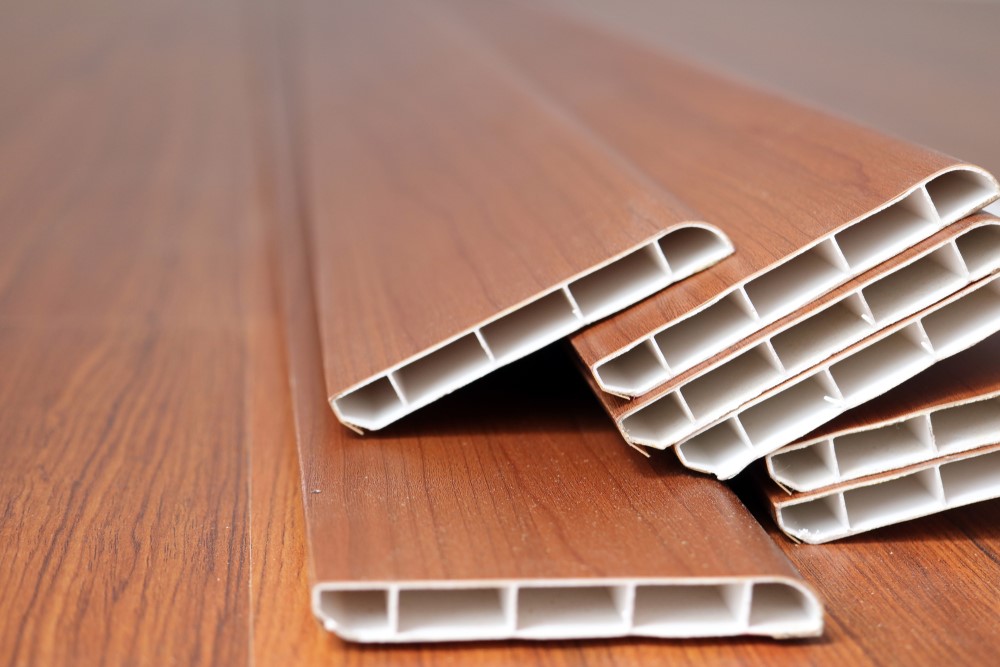
Pros: Customized design as per requirement
Cons: Termites, Moisture absorption, High price, Less durable, Not easy to clean, Can’t sustain much exposure to steam
Expert Advice: Choose foam board over hollow PVC boards since it is stronger and can hold greater weight. However, PVC is not as durable as other materials and should only be used as a temporary remedy.
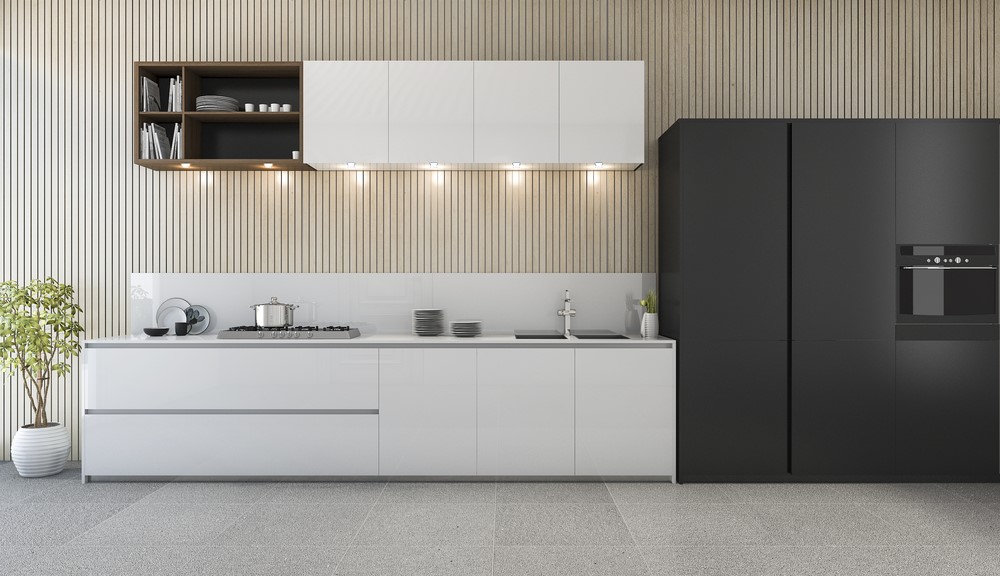
Cabinet Material #6: Stainless Steel
Stainless steel is anti-fungal and anti-microbial.
Stainless steel is the newest material for kitchen cabinets in the post-pandemic era, and it is steadily infiltrating the Indian market. It is due to its antifungal and antimicrobial characteristics. They are more robust, weather and corrosion-resistant, and simple to clean.
Pros: Highly durable, Sleek, Classy and elegant look, Anti microbial, Resistance to moisture, steam, Stain free, Non Absorbent, Very easy to clean and maintain hygiene, Corrosion Reistant, Termite & Pests free, Can sustain high temperatures, Stainless steel modular kitchens are fire-proof, eco-friendly & sustainable choice.
Cons: Slight pricey almost as the high quality wood, needs to be precisely manufacturedand installed by specialized team with expertise in Stainless Steel.
Expert Advice: If you want your modular kitchen to be easy in maintenance and have a sleek appearance, a stainless steel kitchen is an ideal option for you. Let us now have a look at the comparison chart for all the materials discussed above.
Now that you pretty much know about all the materials, have a look at this modular kitchen material comparison chart below. This chart to end your search for the best material for a modular kitchen. Click and pinch to zoom in.
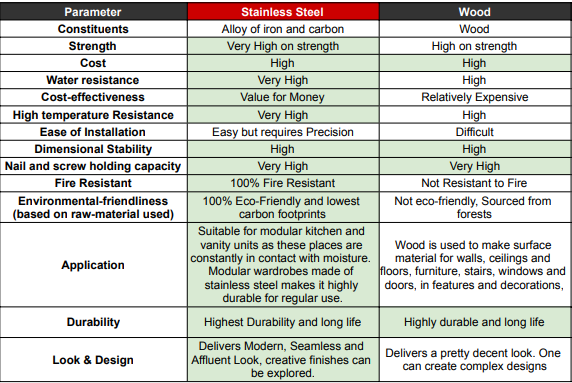
Modular kitchen material comparison chart.
Why Stainless Steel is better than all other materials for a Modular Kitchen?
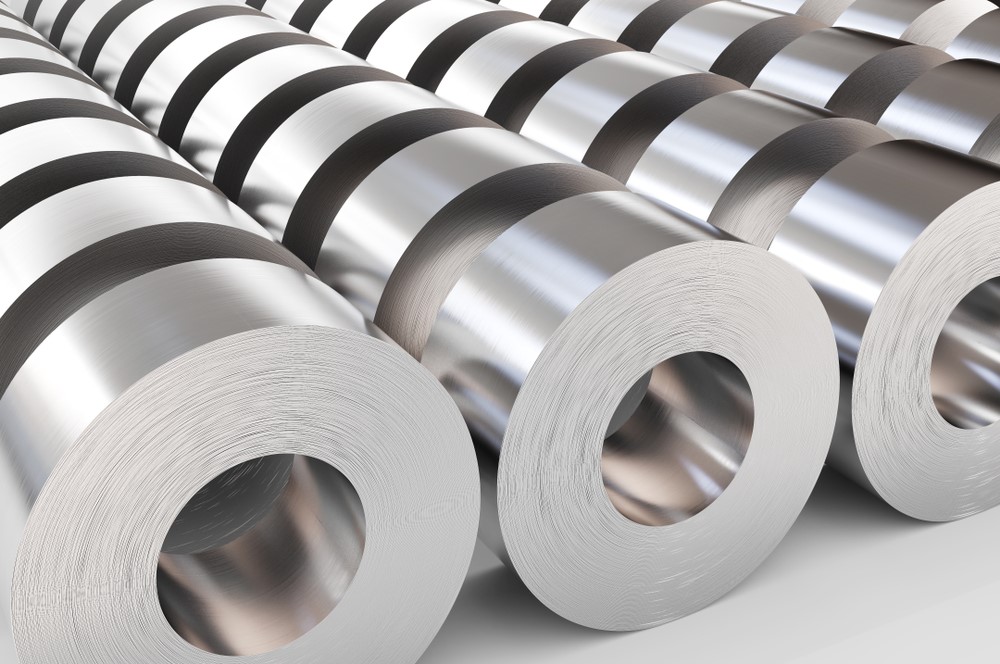
In terms of concept, stainless steel is far superior to wood, plywood, or any other sort of kitchen material. There is a reason why stainless steel as a kitchen material is becoming more popular among urban homemakers. You probably know already that stainless steel is a durable and stylish choice for equipment and work surfaces in commercial kitchens. But there is more.
- Stainless Steel kitchens are super hygienic
The coronavirus epidemic has resulted in a higher emphasis on sanitation and hygiene than ever before, posing new problems for residential kitchens. Kitchens must maintain high levels of production while maintaining safe working conditions and performing periodic thorough cleaning operations. -
Stainless Steel from Kuche7 is the most sustainable choice
Not only can stainless steel outlast many competing materials, but it is also manufactured with a high percentage of recycled steel. With a minimal carbon footprint, stainless steel is unquestionably a sustainable material to use. -
Stainless Steel benefits from an invisible protective layer
The protection provided by a microscopically thin, undetectable, and insoluble oxide layer is the key to stainless steel's corrosion resistance and long life. This passive layer grows spontaneously in air, decreasing corrosion to a fraction of what it would otherwise be and eliminating the need for paint or other protective covering. The passive layer is wonderful because if it is damaged, such as by a surface scratch, it self-heals to retain the protection. As a result, under the correct conditions, stainless steel might survive indefinitely.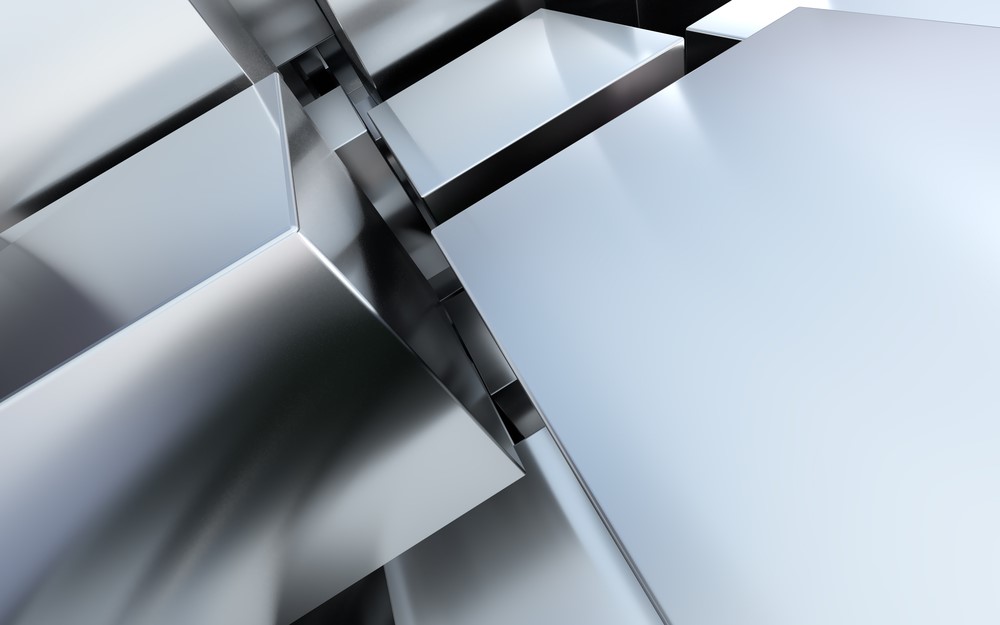
- Designing kitchens in Stainless Steel can boost creativity
Stainless steel offers a plethora of creative possibilities. Designers looking for more unique and exciting options can choose from a selection of patterned, polished, and brushed finishes. Our specialists can assist you in selecting the best surface finish to fulfil your aesthetic and performance requirements. They may even customise a stainless steel solution to meet the unique needs of your application. -
Stainless Steel is easy to work with
Stainless steel is stain-resistant and does not absorb moisture. By choosing stainless steel, you are assuring a clean and stain-free kitchen for yourself. Furthermore, with German accessories, stainless steel kitchens are now noiseless and may be adjusted based on your family's usage pattern. Not to mention that stainless steel modular kitchens improve the overall aesthetics of your kitchen space. -
Stainless Steel is resistant to fire, fungal attacks, pests and termites.
What about a fire-resistant kitchen? Isn't that one of the most important characteristics, a modular kitchen should posses? This property of stainless steel clearly out performs other materials in application. Furthermore, stainless steel's resistance or non-reactivity to moisture, food stains, spices and masalas, pests, bugs and termites makes it the finest choice of all the materials described above.
That was a lot of research-based information on modular kitchen cabinet material. You now know what material is ideal for a home modular kitchen in India. But that's not all; you'll also need to know which finish is best for you.
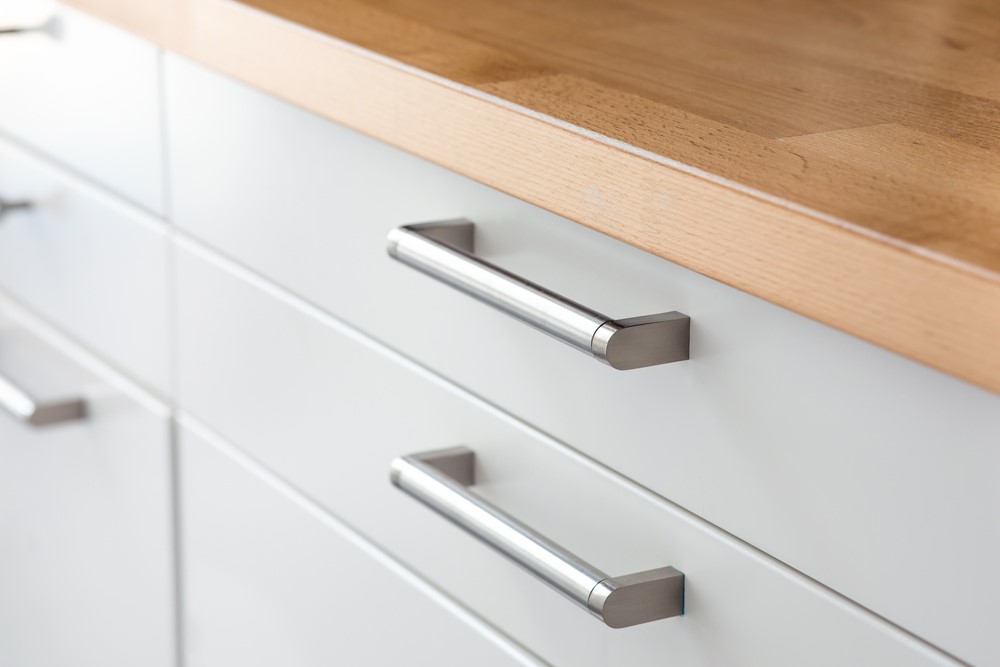
What are the different Kitchen shutter finishes?
Like with individuals, inner beauty is more essential than outside beauty, but it does not mean that outward appearance is unimportant. The same is true in your kitchen.
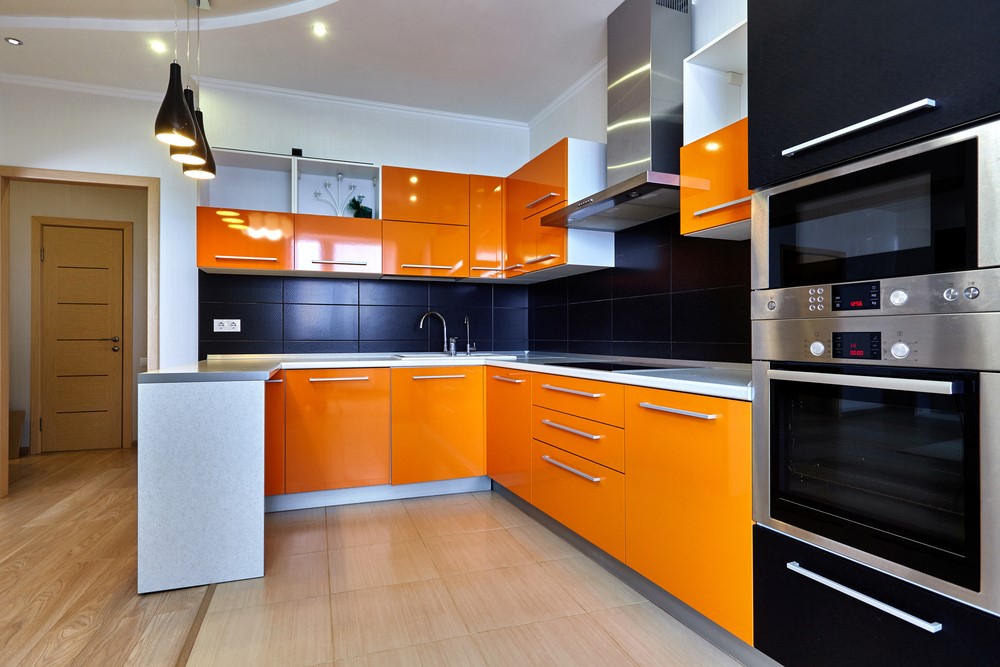
1. The long-lasting and cost-effective laminate
If you want a long-lasting finish that is also inexpensive, laminates are the way to go. It is also heat and moisture resistant, making it ideal for use in the kitchen.
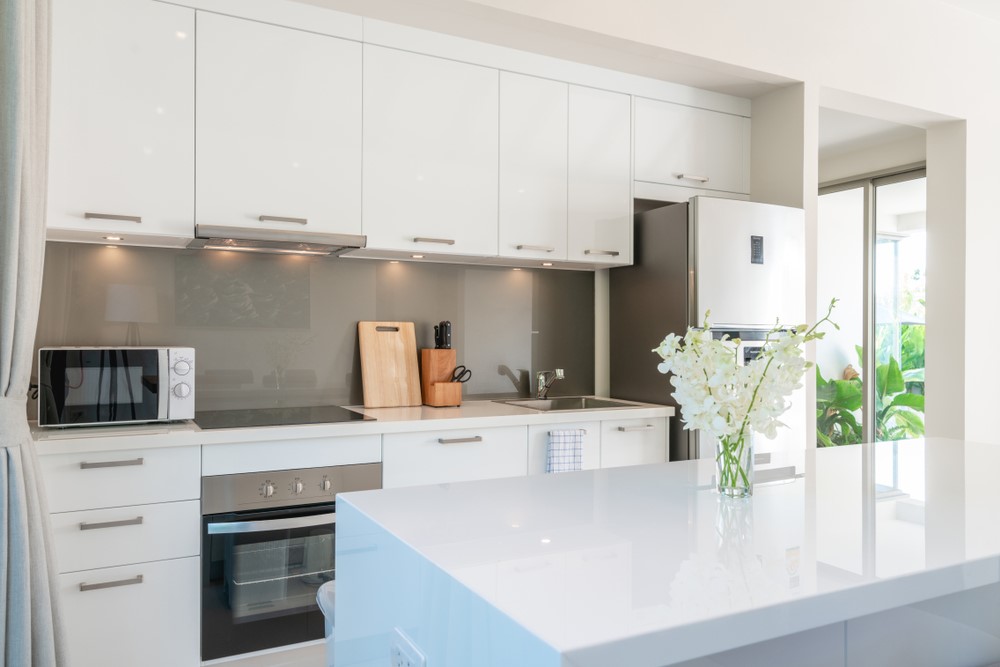
2. Acrylic is an expensive yet beautiful material
Do you want your kitchen to stand out? The glossy sheen of acrylic coatings adds a luxury touch. However, this means that fingerprints, grime, and stains are more obvious, and your kitchen cabinets will need to be cleaned frequently. In addition, this is a more costly finish option.
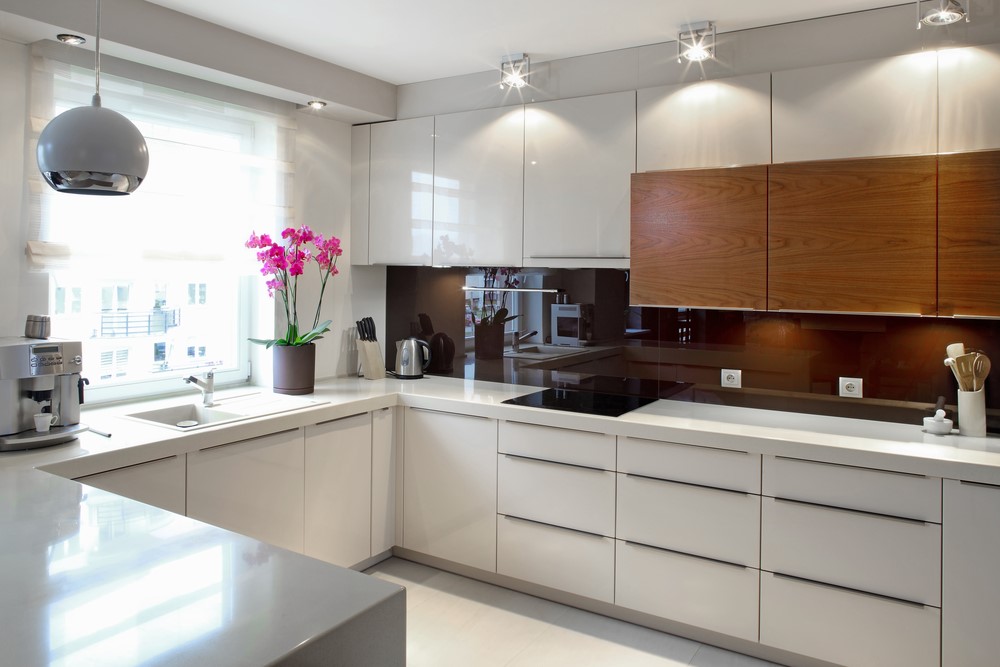
3. Membrane, a long-lasting option
Membrane finish that is long-lasting and simple to maintain Membrane finish is a viable option if you want a kitchen that is both sturdy and attractive. It is long-lasting and very simple to maintain. They are also less costly than acrylic finishes and are easier to clean with a damp cloth.
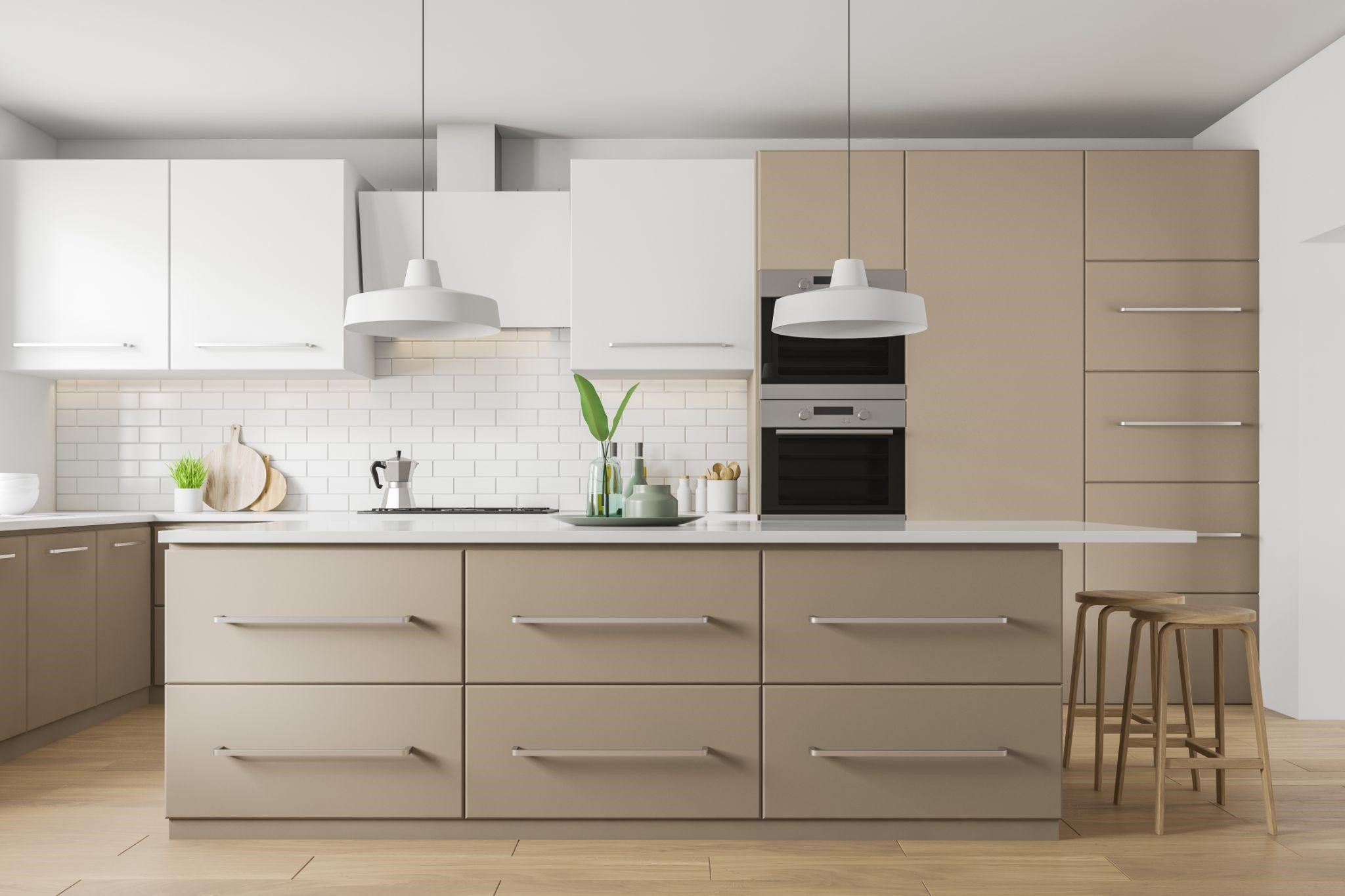
4. PU for a refined appearance
Polyurethane is basically a plastic polymer that is in a liquid form. Once it hardens it forms a strong protective shell over the cabinet. PU finish allows you to choose any colour you want. PU finish is painted over the shutter and can be glossy or matte. The only disadvantage of PU is that it takes a bit more time to dry relatively, however it provides unrivalled shine and protection to your kitchen shutters. A stainless steel PU finish modular kitchen is likely to elevate your cooking experience without sacrificing elegance.
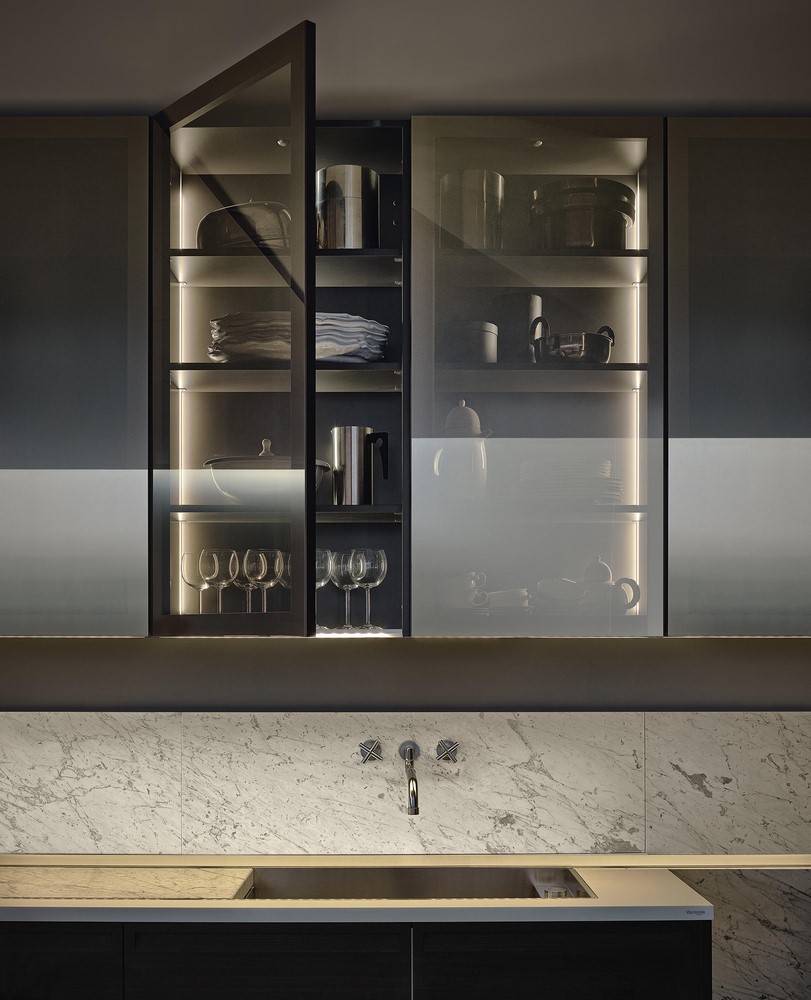
5. Make a statement with glass.
You may also choose from simple or frosted glass shutters for a better view of your spices and groceries. This may make your kitchen appear more open while also reducing your cooking effort.
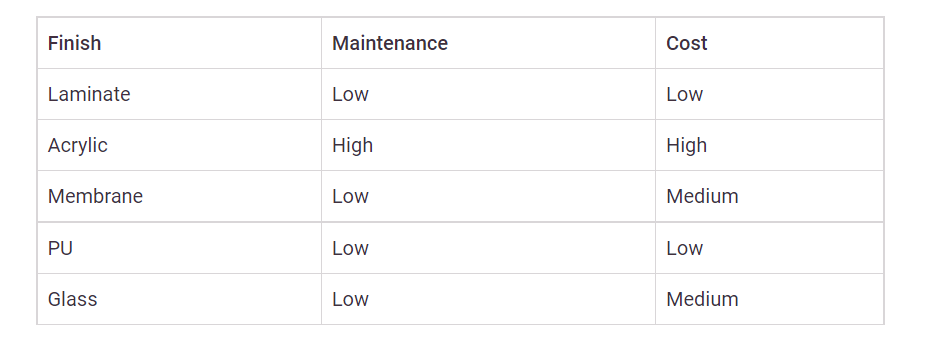
Are you still undecided about the finest materials for your modular kitchen design? Visit any of the Kuche7 experience centers to meet experienced designers, and we'll help you design your kitchen over a cup of coffee!
How can Kuche7 assist you?
The modular kitchen includes modules of various sizes and storage that are chosen depending on your needs and the specifications of your kitchen. Speak with our experienced designers for a plethora of alternatives and high-quality kitchen decor.
Also, if you like this article, you may be interested in Knowing more about Advantages of Stainless Steel in Modular Kitchens.
Please send in your feedback and recommendations.
info@kuche7.com






